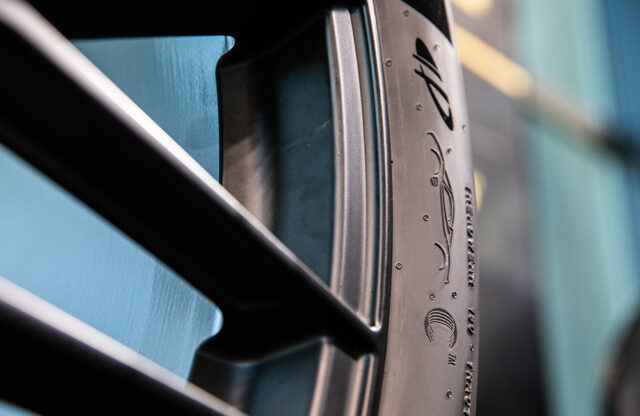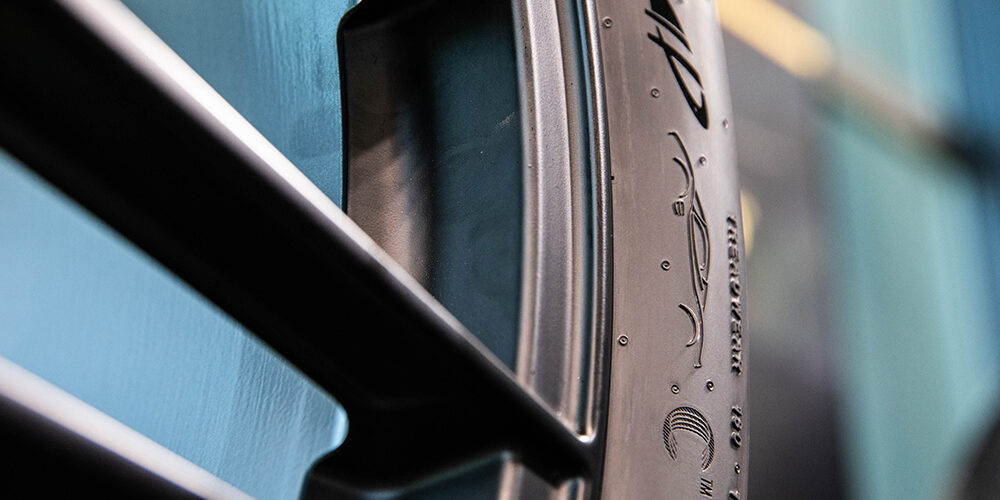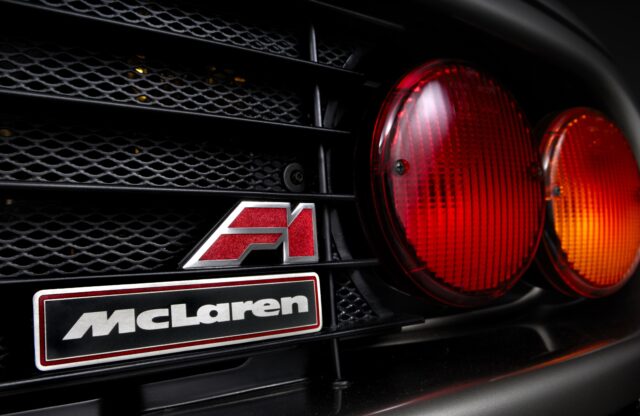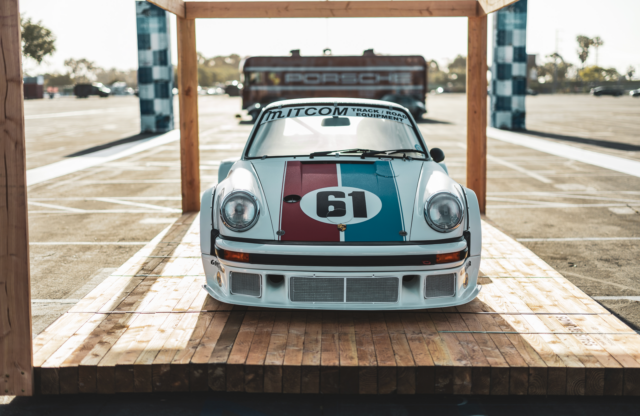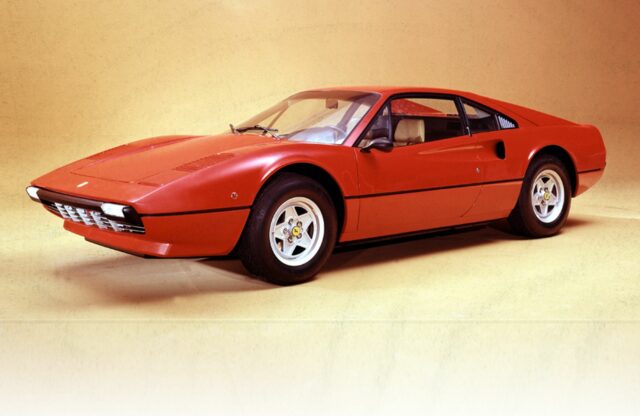Pirelli has been on a bit of a roll. It’s become the go-to tyre for most EV-focused brands, while one out of every two luxury car brands uses its rubber, from the likes of Maserati, Bentley and Rolls-Royce to Ferrari, McLaren, Porsche and Lamborghini. The recent Goodwood Festival of Speed saw the launch of the Cyber Tyre – a new type of tyre that could revolutionise economy as well as provide ultra performance.
Pirelli sees the high-value premium and prestige market growing five percent, according to CEO Andrea Casaluci. “It’s true that we live in difficult moments, with a high level of volatility and complexity; nevertheless, the resilience of the high-value market is confirmed.”
Pirelli still sees EVs as the forthcoming mainstream, which has led the thinking behind the new Cyber Tyre. “While a lot of technology will co-exist – hybrids, biofuel – we see the premium and prestige segment going electric, accounting for 80 percent of sales.”
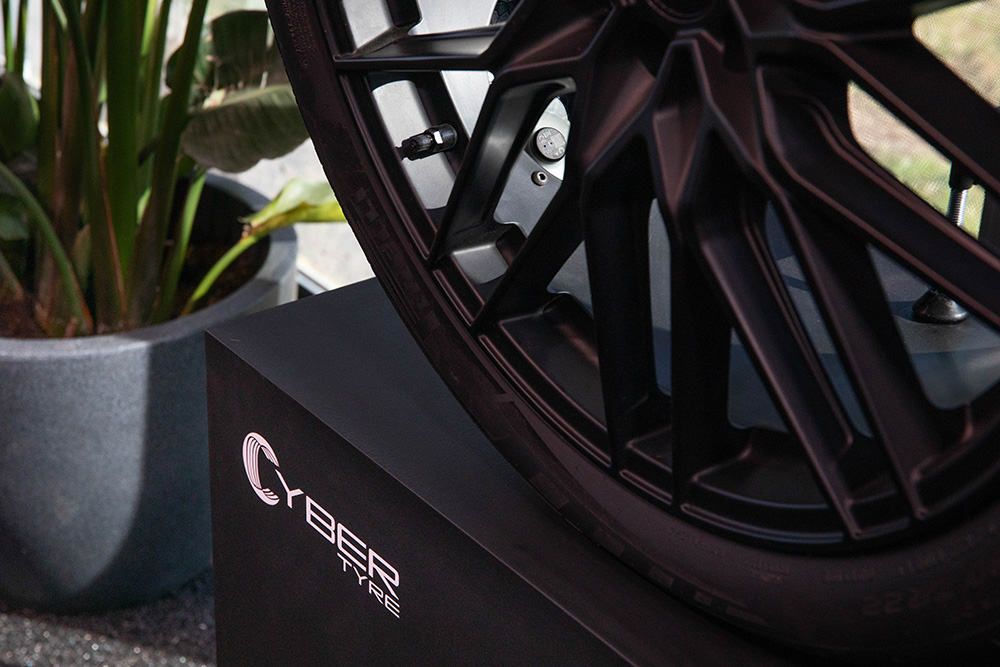
However, more critically, he sees more than 60 percent of vehicles in the average car park having some form of web connectivity. Hence the Cyber Tyre, which will not only be able to transport real-time data to the car’s ECU about road conditions, weather and wear, and integrate this into its processes, but also feed back data to Pirelli’s cloud system to further aid research and development. The system will also be used to optimise traction control to extend tyre life, maximises EV battery usage and reduce fuel consumption in real time.
Perhaps more controversially, the infrastructure providers will have access to a wealth of information as each car becomes a moving sensor, capable of locating issues and feeding analysis tools for continuous maintenance and improvements. Pirelli has already begun working with Italy’s autostrada network on ways to integrate the system.
The tyres will be rolled out in P Zero, P Zero Corsa and P Zero Winter form initially, marked with a C on the sidewalls.
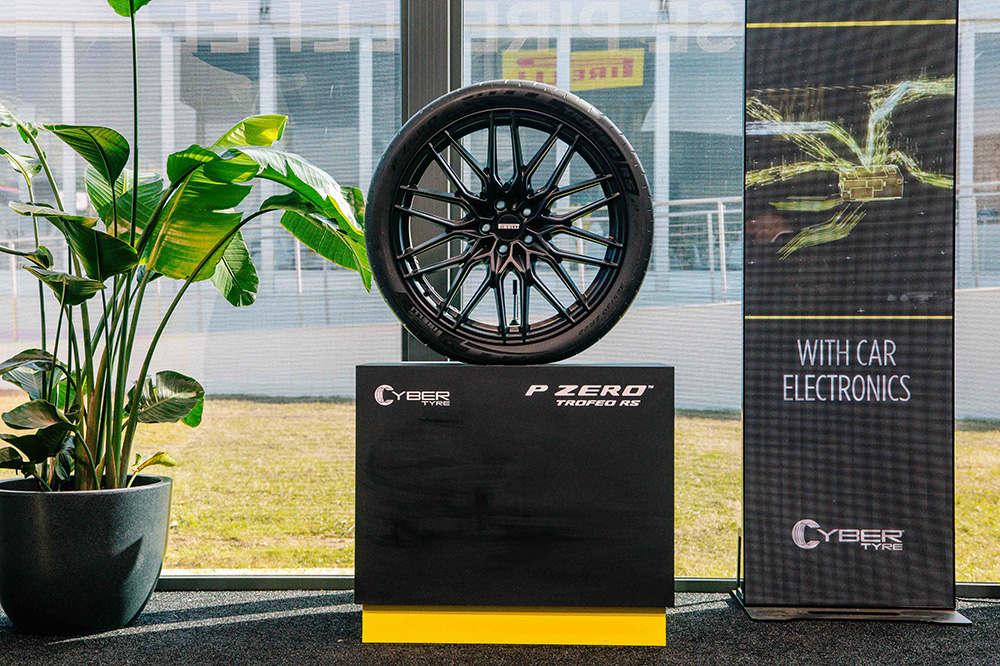
The Cyber Tyre’s development has been in place for nearly a decade, with its first usage coming in 2021 on the McLaren Artura, with computerised tyre ID services and tyre pressure-management systems. In 2024, Audi used the technology in its RS4 25 Years Edition to act as a virtual track engineer, providing instant feedback to the driver on tyre usage. However, next year sees the technology being used in its most advanced form yet, in the 2025 Pagani Utopia – the Cyber Tyre plays an integral role in optimising the car’s dynamics.
The technology allows the tyre to be fully in synchronisation with the Utopia’s in-car electronics, allowing the engineers – and ultimately the driver – to alter the ABS, ESP, traction control and lateral dynamics depending on what the tyre is experiencing in terms of road surfaces and conditions.
Horacio Pagani, who has worked with Pirelli since 2000, got involved in the Cyber Tyre project in 2016. He says: “If you look back to the 1970s when the first electronic systems arrived – traction control, stability control, ABS – everything evolved so quickly but everything stopped at the tyre. The opportunity to have sensors in the tyres is like having a hand on the road – you get to feel everything. This is what the Cyber Tyre does.”
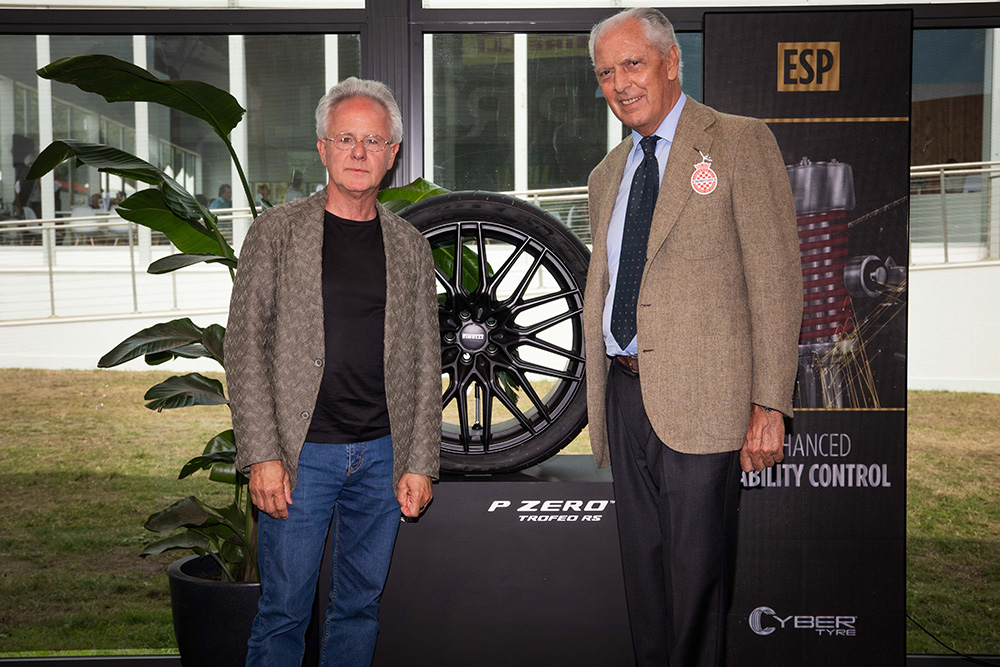
Horacio (pictured above left, with Pirelli’s Marco Tronchetti Provera) describes the sensation of what the system feels as like a person walking on a beach. “You can feel the sand under [your] feet – that’s exactly what happens in the Cyber Tyre,” he explains. “The tyre gets all this information, and it’s so real, so rough – and it can transfer and deliver all this precious data.”
He is clear that it’s not only about performance, but safety, too. “If we imagine driving on a wet road with this tyre, with the data we can collect it can truly save a life – because with one metre of difference with this technology, everything changes,” he says. “This is the first step in a really long process, just like in the 1970s with ABS and ESP – this is a truly a remarkable big first step in a huge process. While we are talking about performance cars, it’s also going to spread into everyday cars.”
For more information, head here.
